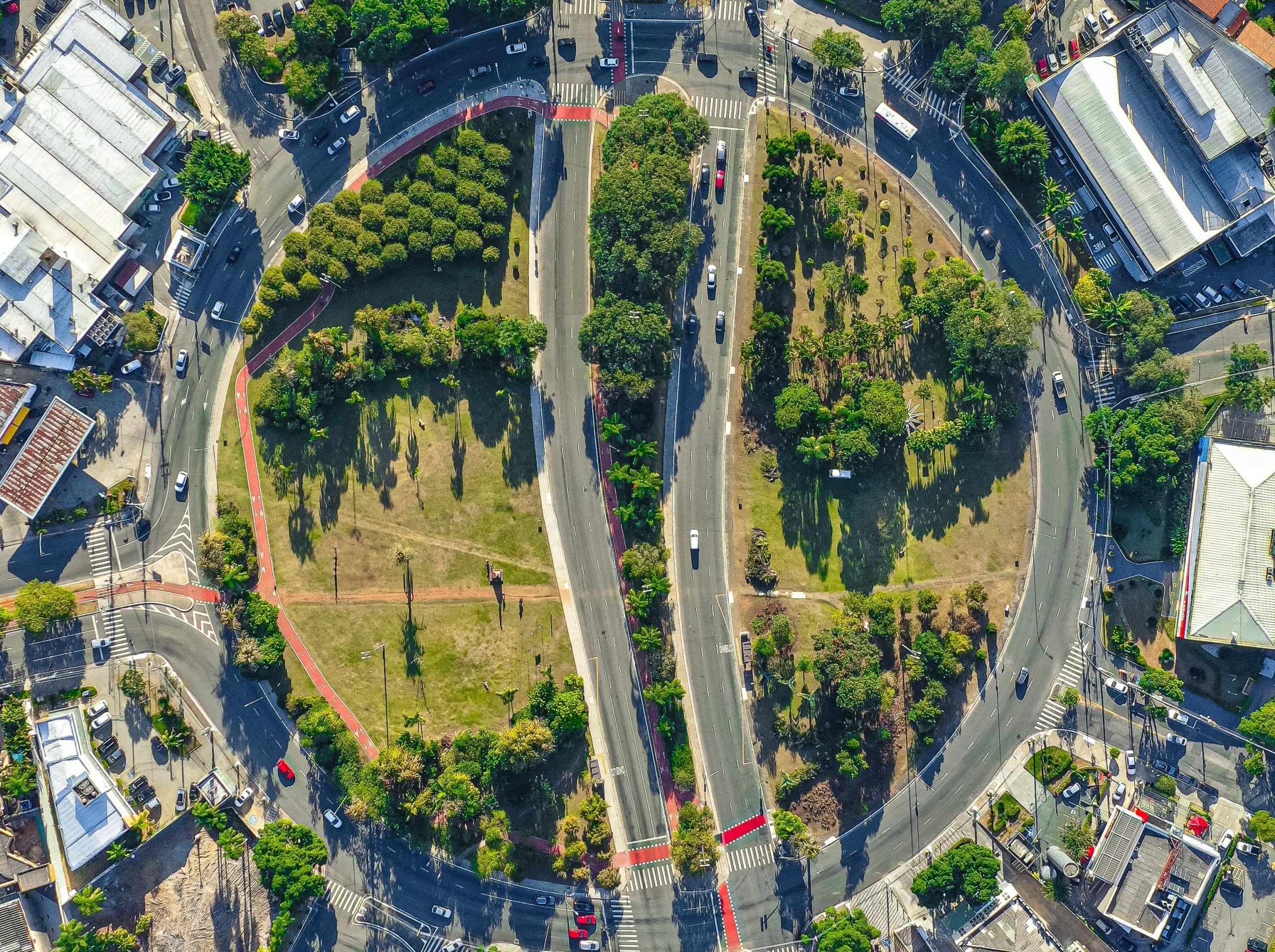
Urban oases: a new alternative to mitigate the effects of climate change?
In the article Urban oases: a new alternative to mitigate the ef fects of climate change?, Ana Marianela Rochas-Porraz reveals how these green spaces reduce pollution, improve health and strengthen cities.
In recent years, as a consequence of global climate change, temperatures and different meteorological events have intensified.
These effects put life on our planet as we know it at risk. Hence, the need to adapt various human practices, as well as the conception of our living spaces and cities.
In urban centers, the most alarming problems are high temperatures, environmental contamination, artificial soils and the absence of vegetation, causing heat islands and floods.
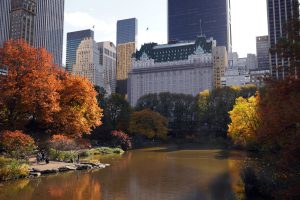
Central Park.
Photography: pexels-seva-kruhlov
Recently the term “urban oasis” has appeared in the fields of urbanism, land planning and landscape. Generally, in project practice, this concept seems to be involved in wooded areas, green areas, relic areas and parks. But what makes an Urban Oasis different from any other green space in the city?
According to Olivier Balay and other researchers from the CRESSON laboratory (2018), the urban oasis is a “parenthesis” that produces a sensation of calm and well-being, which gives the impression of having left a city that is often too crowded, noisy and mineral, where everything it is done at speed.
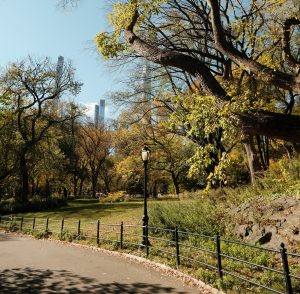
Urban oases.
Photography: pexels-sj-objio
For Rez Shirazi (2008), the architectural configuration of an urban oasis is based on the indirect interpretation of the historical and cultural past, mixing with the advantages of new technologies and modernization, it is a true “intermediate space”.
In addition, an urban oasis provides a field of social contact and a sense of place, in which society is enriched by exchange and communication. From the perspective of urban ecology, urban oases fulfill the function of mitigating heat islands.
Some of the strategies to achieve this purpose are: (1) recover living soils and soil permeability, (2) re-naturalize spaces with local plant species, (3) limit polluting vehicular mobility. Urban oases, in a system of urban-territorial network, systemically allow temperature regulation, help recharge the groundwater table, reduce flooding and increase biodiversity.
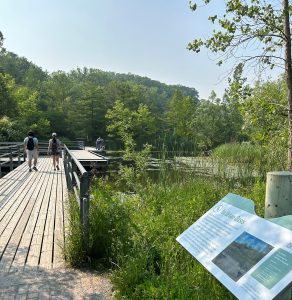
Evergreen Brick Work, Toronto.
Fotografía: Valentina Lara.
“Urban oases, in a system of urban-territorial network, systemically allow temperature regulation, help recharge the groundwater table, reduce flooding and increase biodiversity.”
From these three positions, we can establish that the urban Oases constitute an alternative typology to the city model that was forged in the 20th century. In this term, a diversity of ideas are housed that seek to establish a reconnection in sensory, cultural and ecological terms.
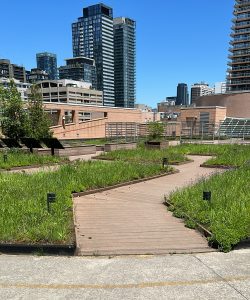
Roof garden.
Photography: Valentina Lara.
For example, in France, the strategy of “oasis playgrounds” has been developed in schools, promoted by the Île-de-France region. In a guide published by said institution, some principles are established to implement green, recreational, educational and sensory spaces.
Although the concept is still fluctuating, this notion makes it possible to articulate new proposals around a resilient urbanism in the face of climate change. Likewise, in many less planned cities, there are traditional or spontaneous spaces that meet the ecological and social functions of urban oases. There is still the task of identifying and characterizing these spaces as a refuge for living beings.











